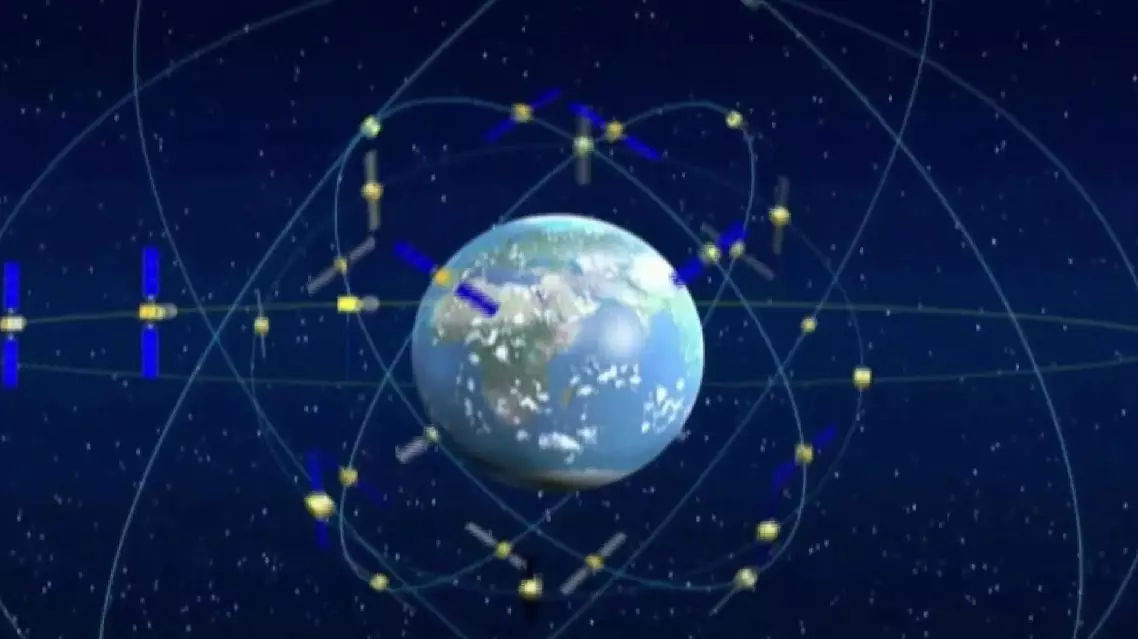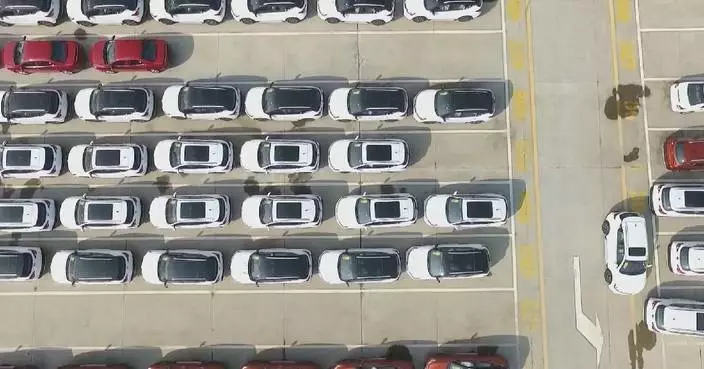Chinese scientists have made technical improvements and launching process optimization to ensure a successful launch of two new satellites for the BeiDou-3 Navigation Satellite System (BDS-3).
The two satellites, the 59th and 60th satellites of the BeiDou system, were launched at 09:09 (Beijing Time), Thursday, by a Long March-3B carrier rocket and the Yuanzheng-1 (Expedition-1) upper stage attached to the carrier rocket from the Xichang Satellite Launch Center in southwest China's Sichuan Province.
In order to ensure the launch successful, the mission team has improved launching technologies and optimized the process.
"In this mission, we launched the second group of backup MEO (medium-Earth orbit) satellites after the completion of the BeiDou-3 Navigation Satellite System. Compared with the MEO satellites launched during the network deployment phase, an idea of full-function chain was adopted when these two satellites were designed. Their functionality and performance, therefore, have been further enhanced in aspects such as the autonomous integrity monitoring, atomic clock technology and satellite-rocket connection. In this mission, the carrier rocket consists of the Long March-3B basic stage and the Yuanzheng-1 upper stage, which is essentially similar to those used in the network deployment phase. We have made improvements in the upper stage to increase reliability of attitude control during flight. In terms of launching process, we mainly took a parallel approach. For example, in this mission, tasks in the technical area are conducted in parallel with tasks in the launching area of the previous mission. In addition, for some inter-system tasks, we removed the sequential constraints through certain measures to allow for parallel execution. Meanwhile, we have enhanced the automation level of testing at the launch center to improve the efficiency of the processes," said Liu Zhenmin, an expert from the launch center.
Liu said that with great eagerness for the BeiDou system, especially the BDS-3, they have overcome challenges, made bold innovations, and completed all tasks to high standards.
After entering their orbit and completing in-orbit tests, the two new satellites will be connected to the BeiDou system, and are expected to further improve the reliability and stability of the BDS-3 system, said Liu.
He added that new technologies used on these two satellites will provide relevant experiment data for the design of the next generation of BeiDou satellites.
The BDS was initiated in 1994. The construction of BDS-1 and BDS-2 was completed in 2000 and 2012, respectively. When BDS-3 was completed and put into service on July 31, 2020, China became the third country to have an independent global navigation satellite system.
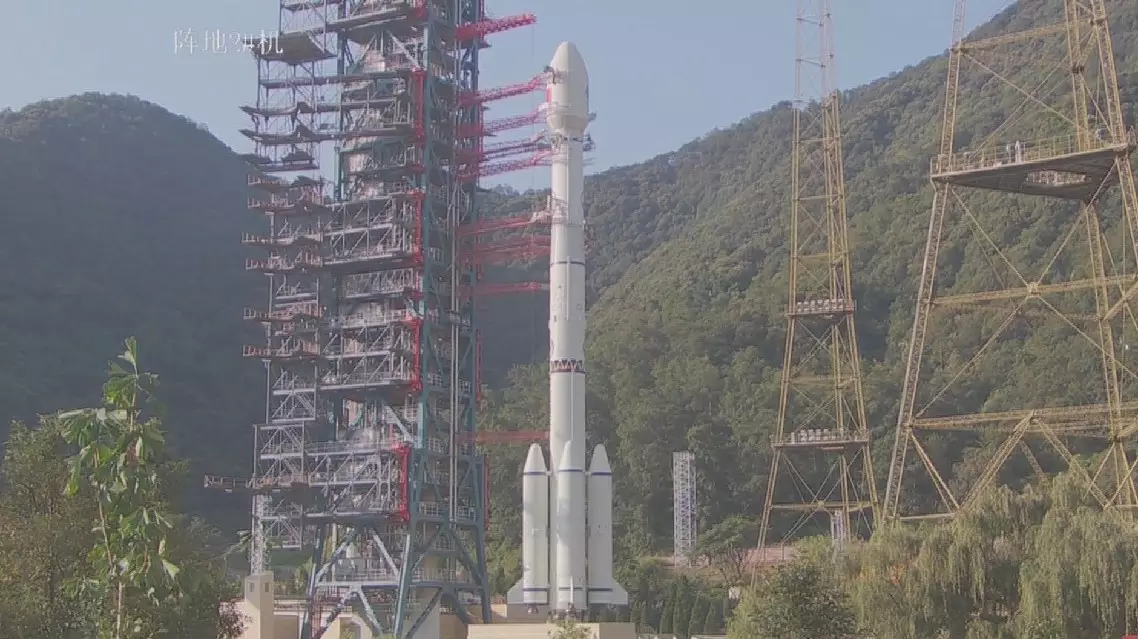
Technical improvements made to ensure successful launch of new BeiDou satellites
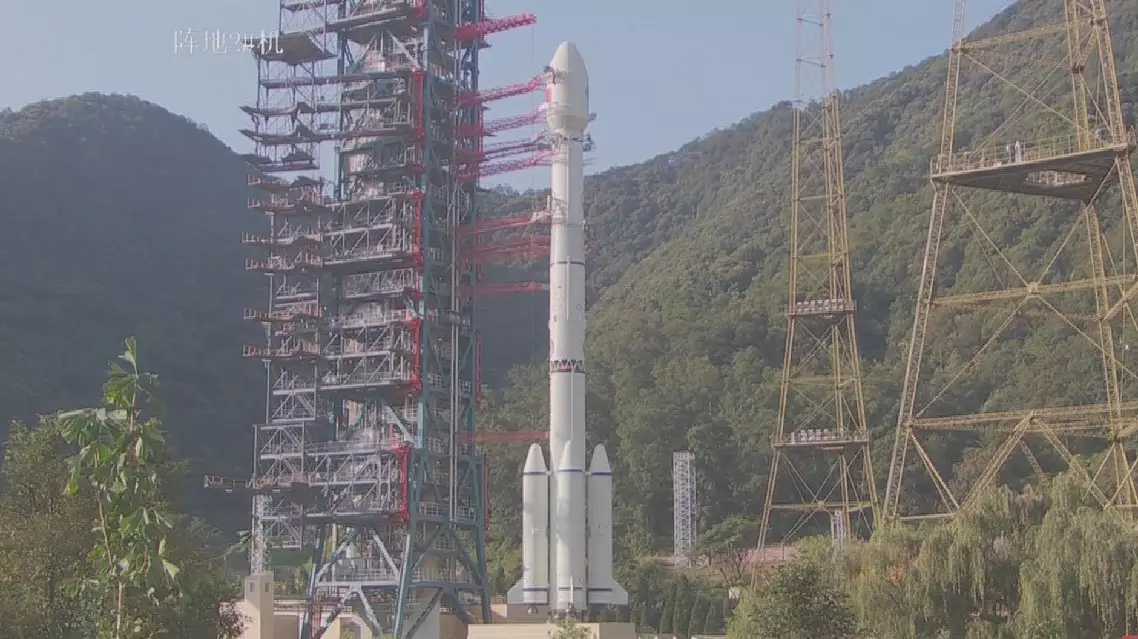
Technical improvements made to ensure successful launch of new BeiDou satellites
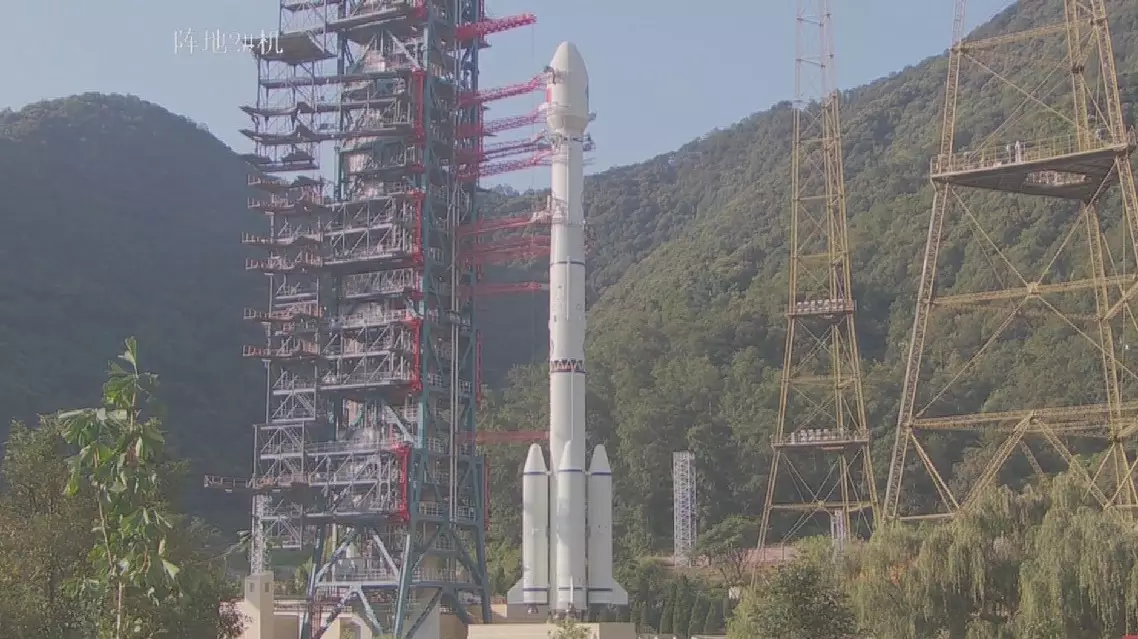
Technical improvements made to ensure successful launch of new BeiDou satellites


